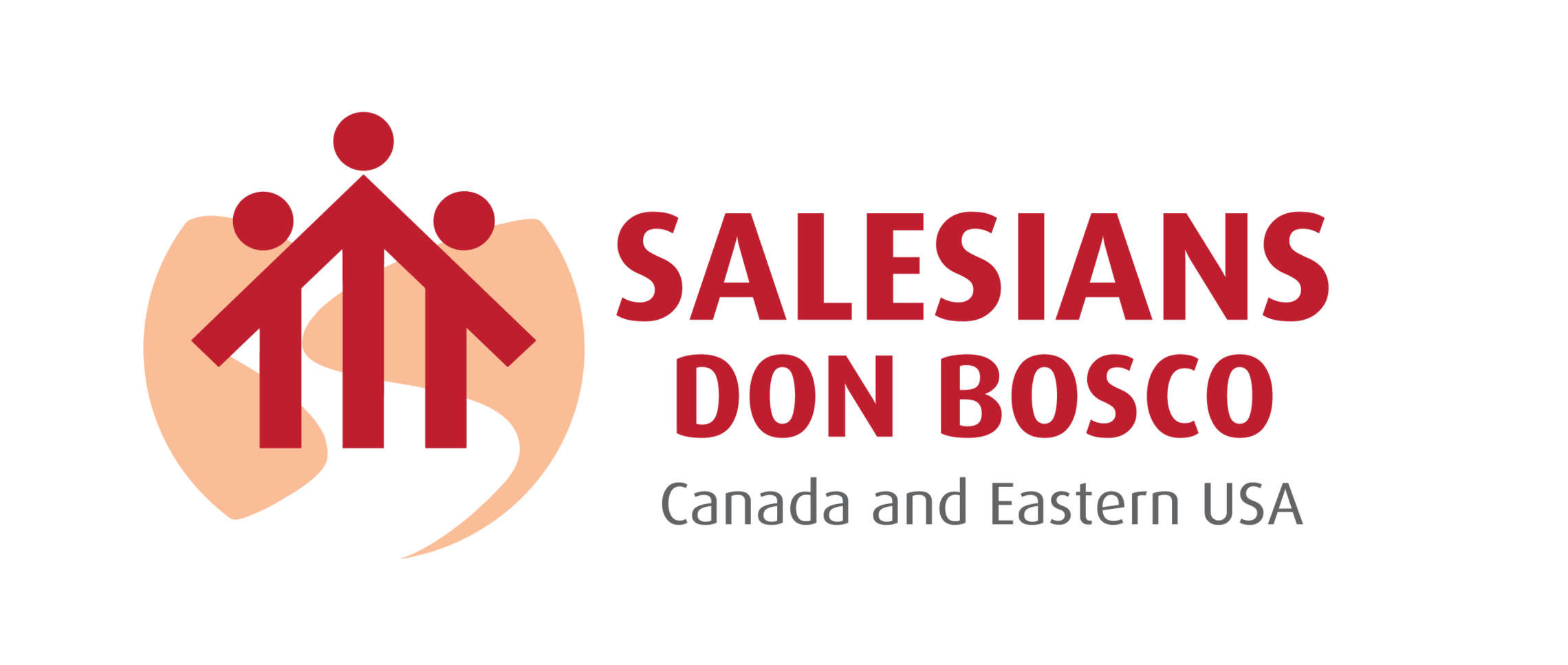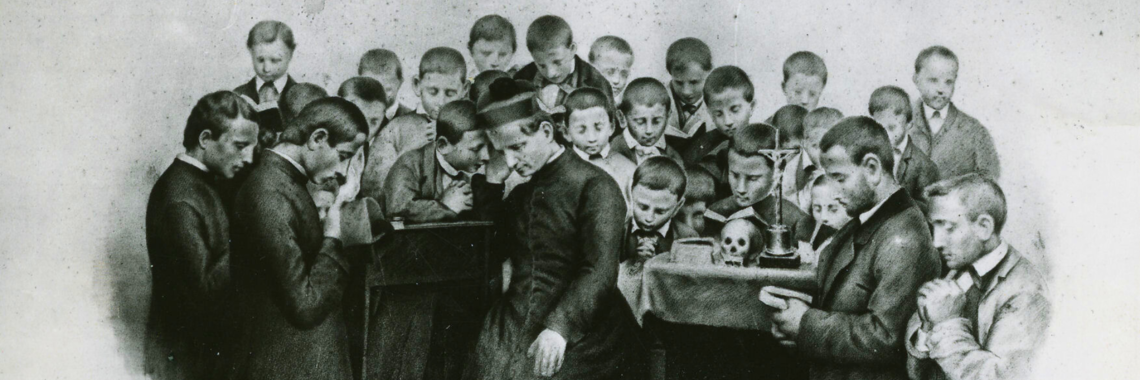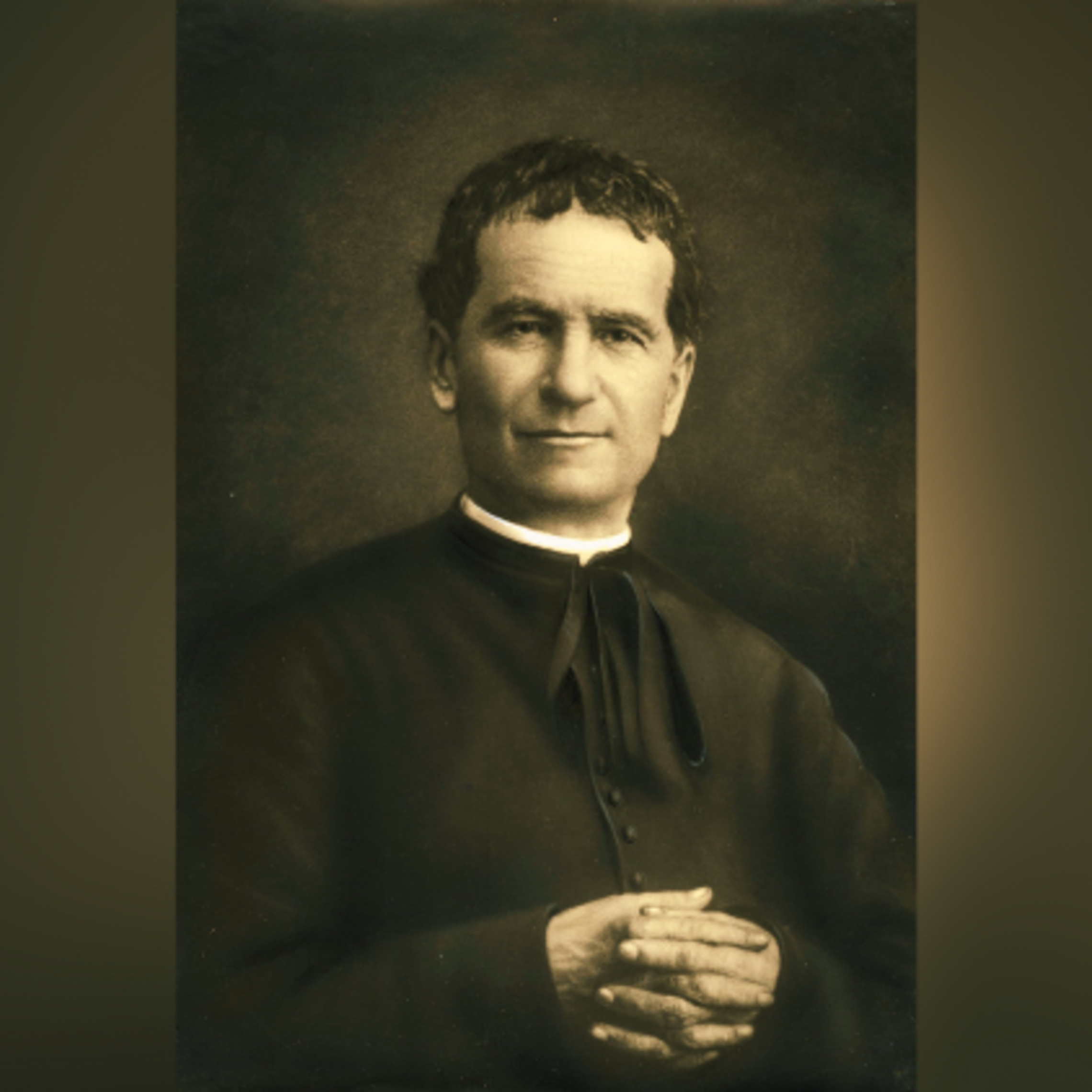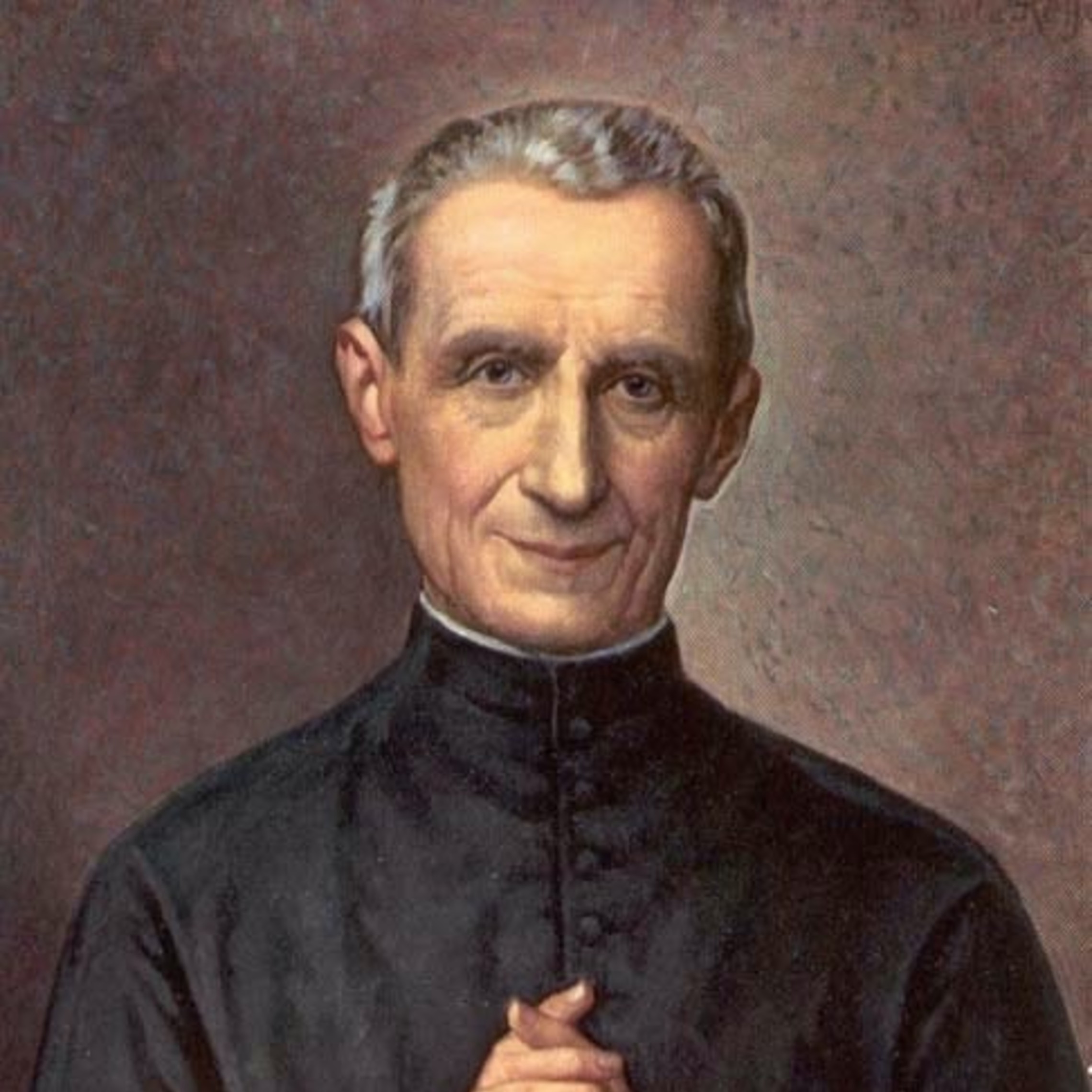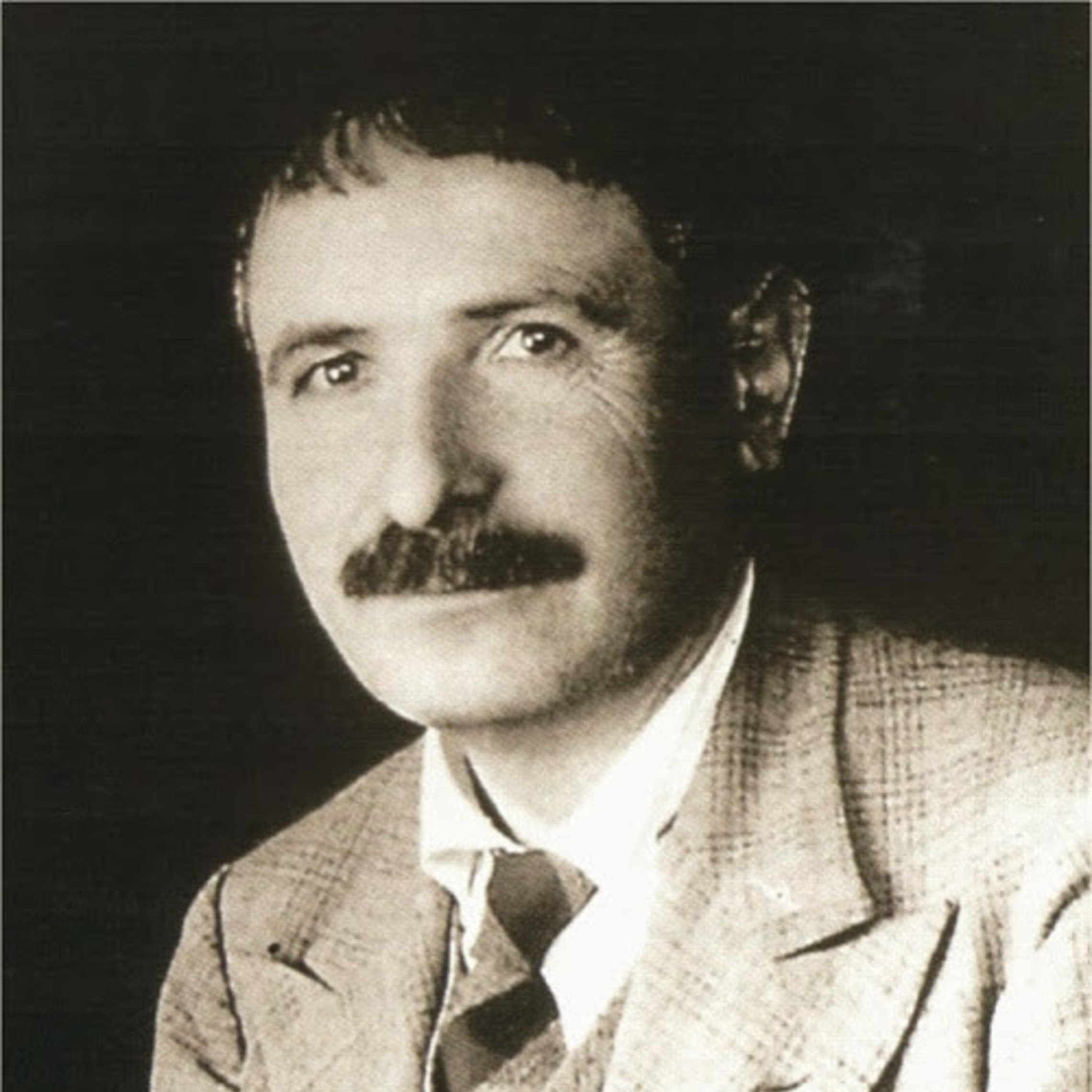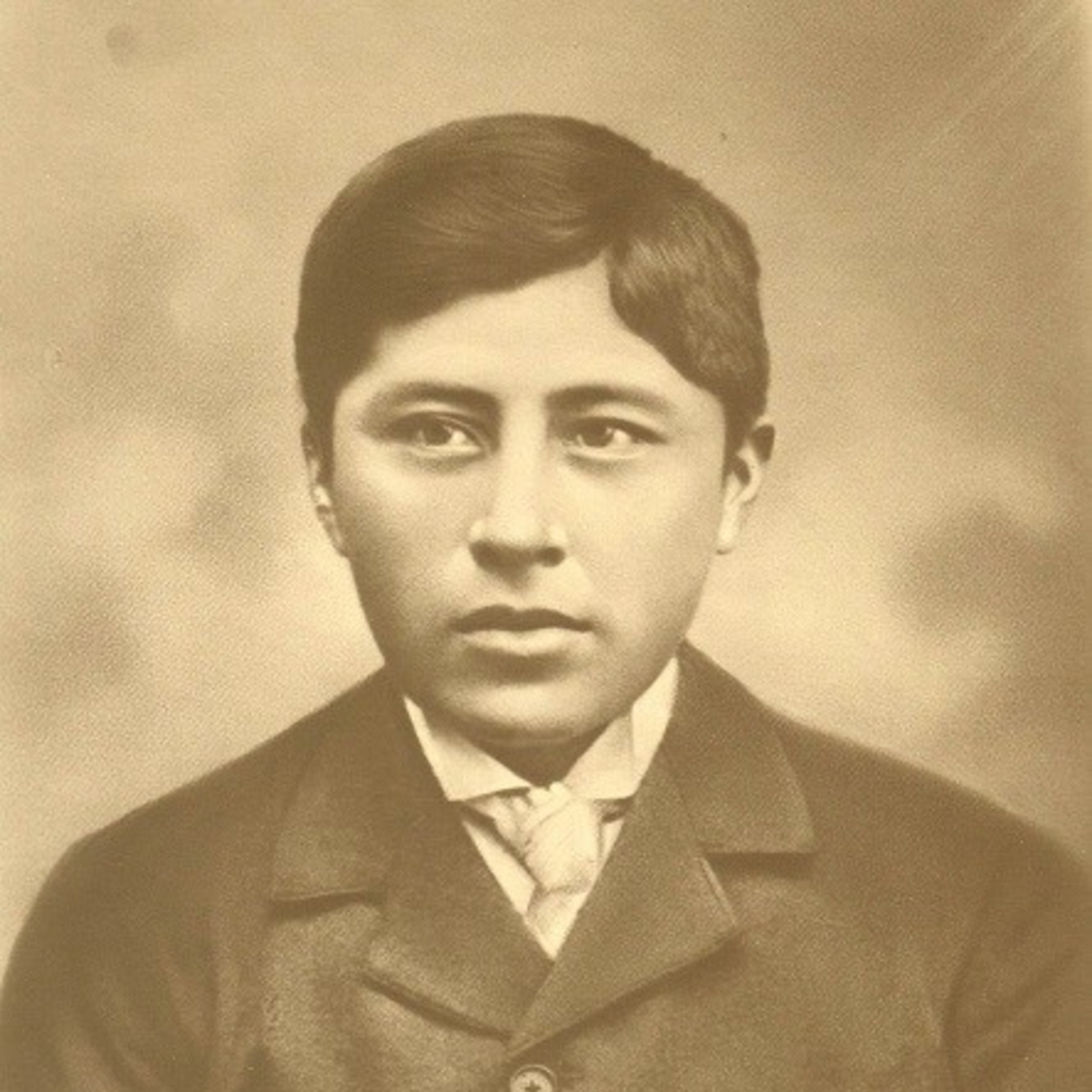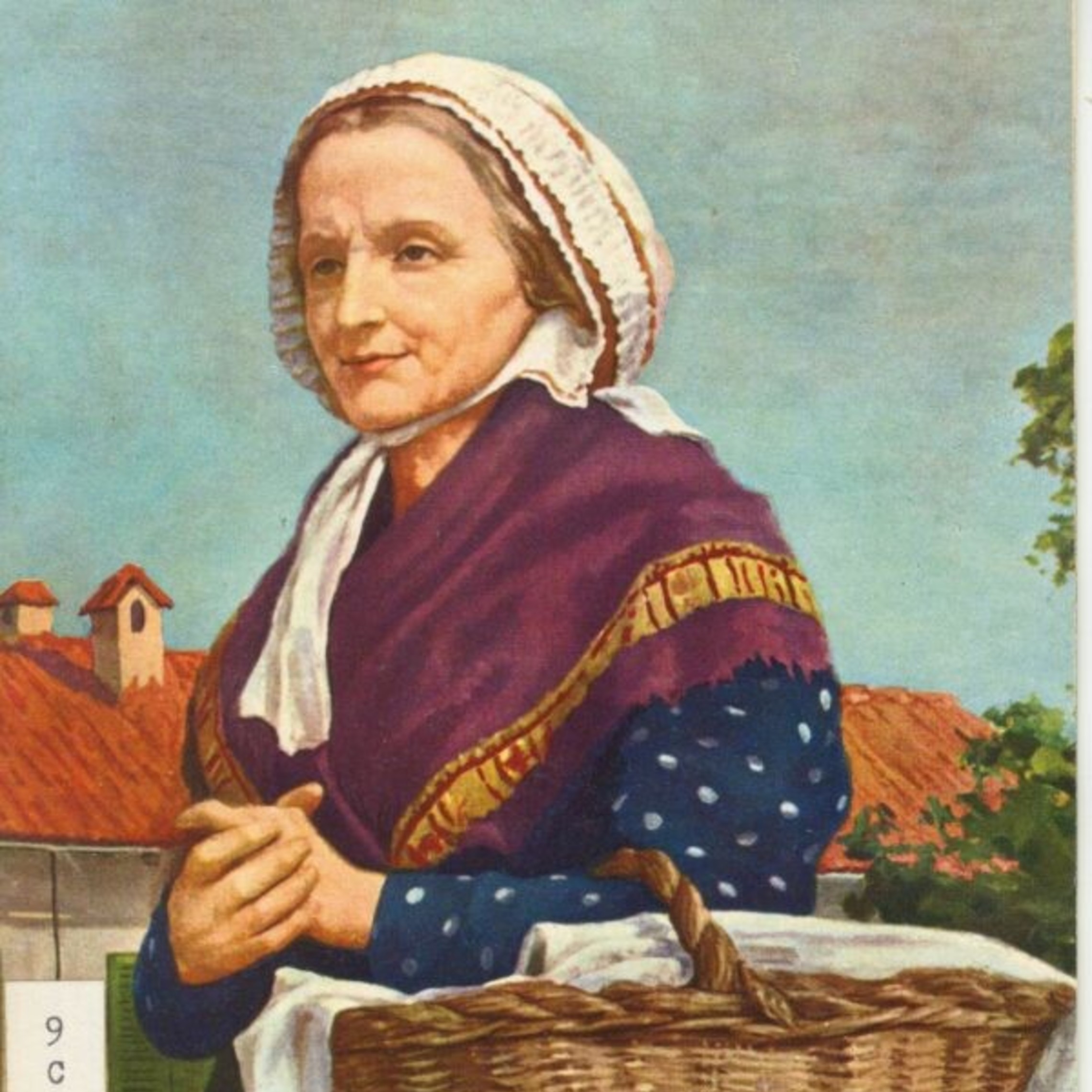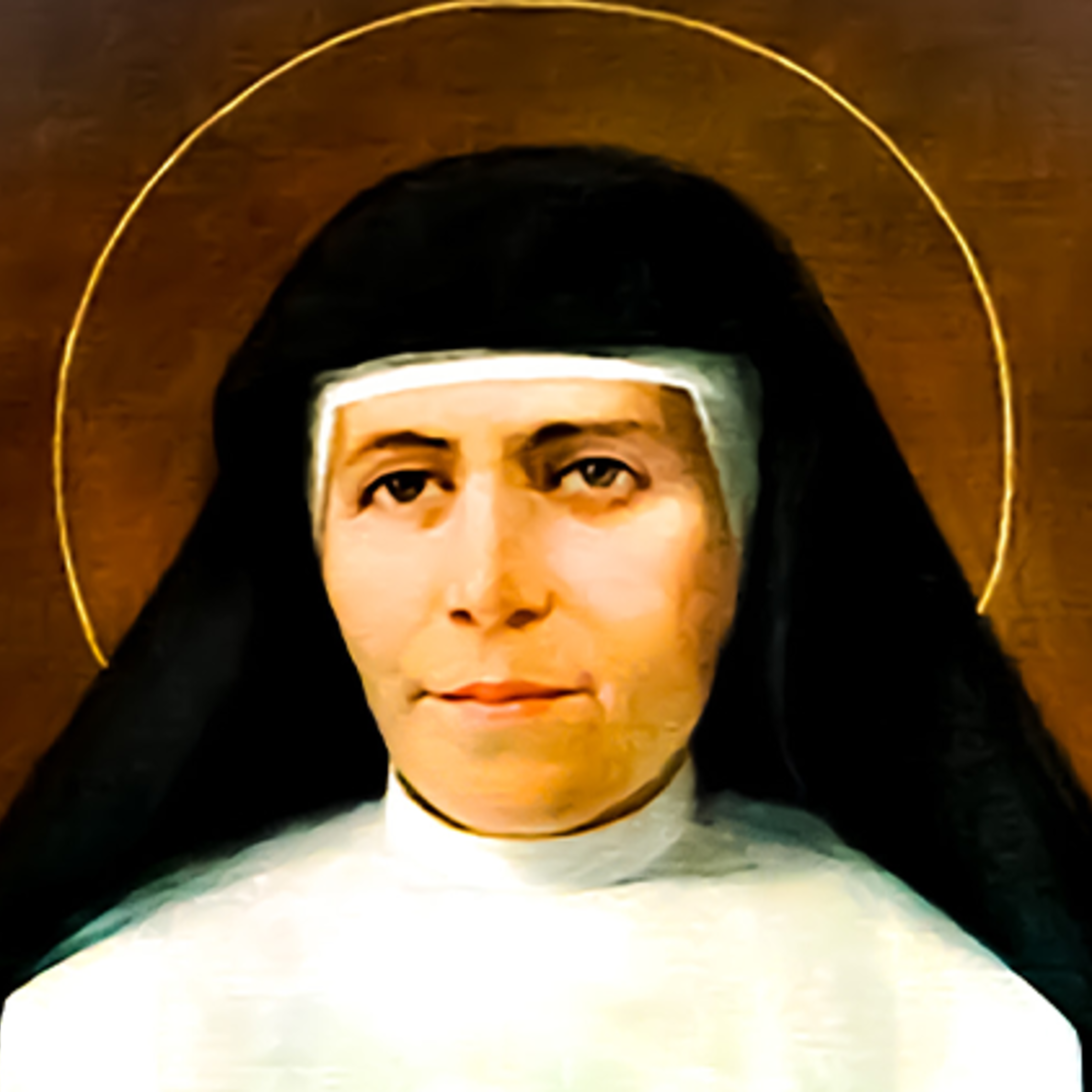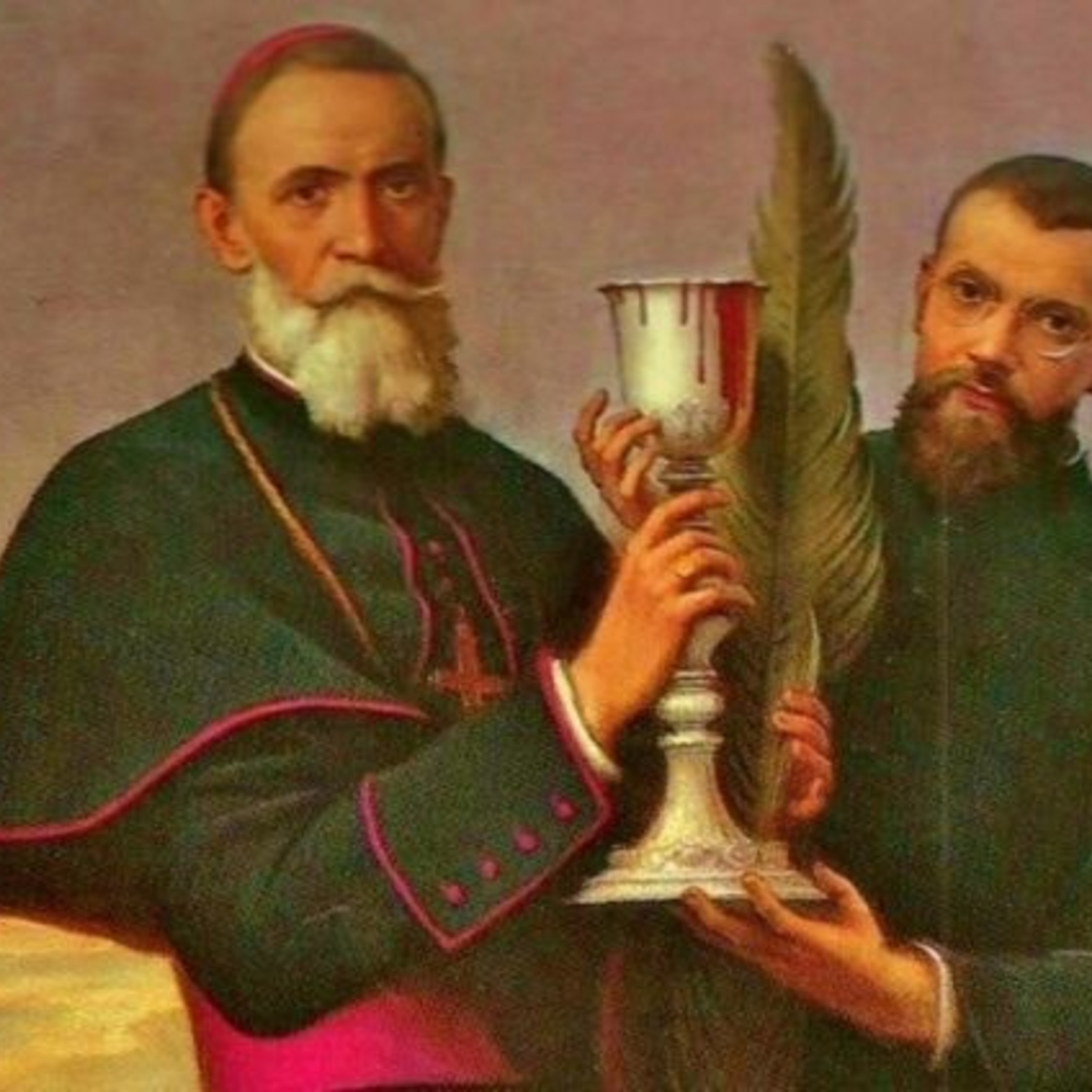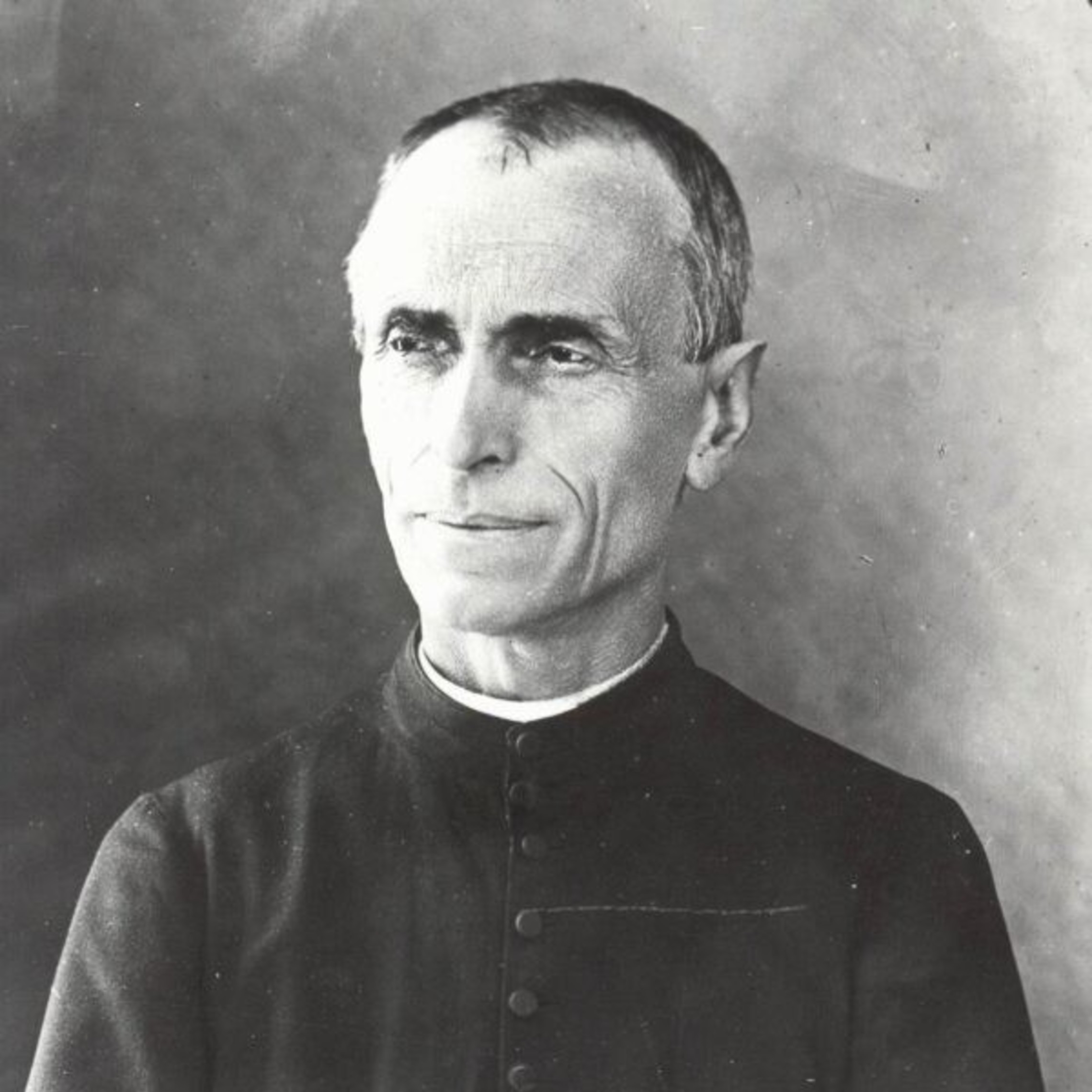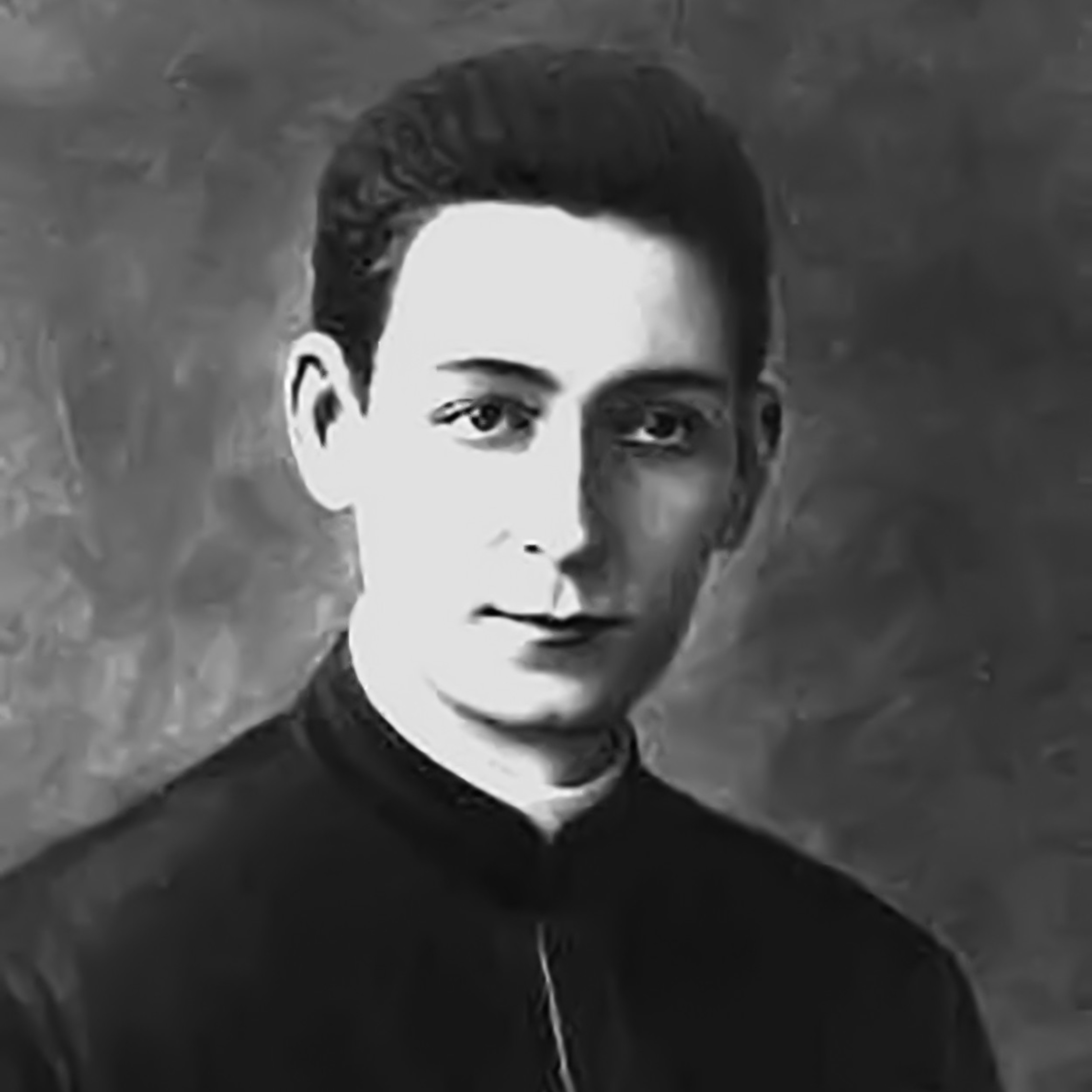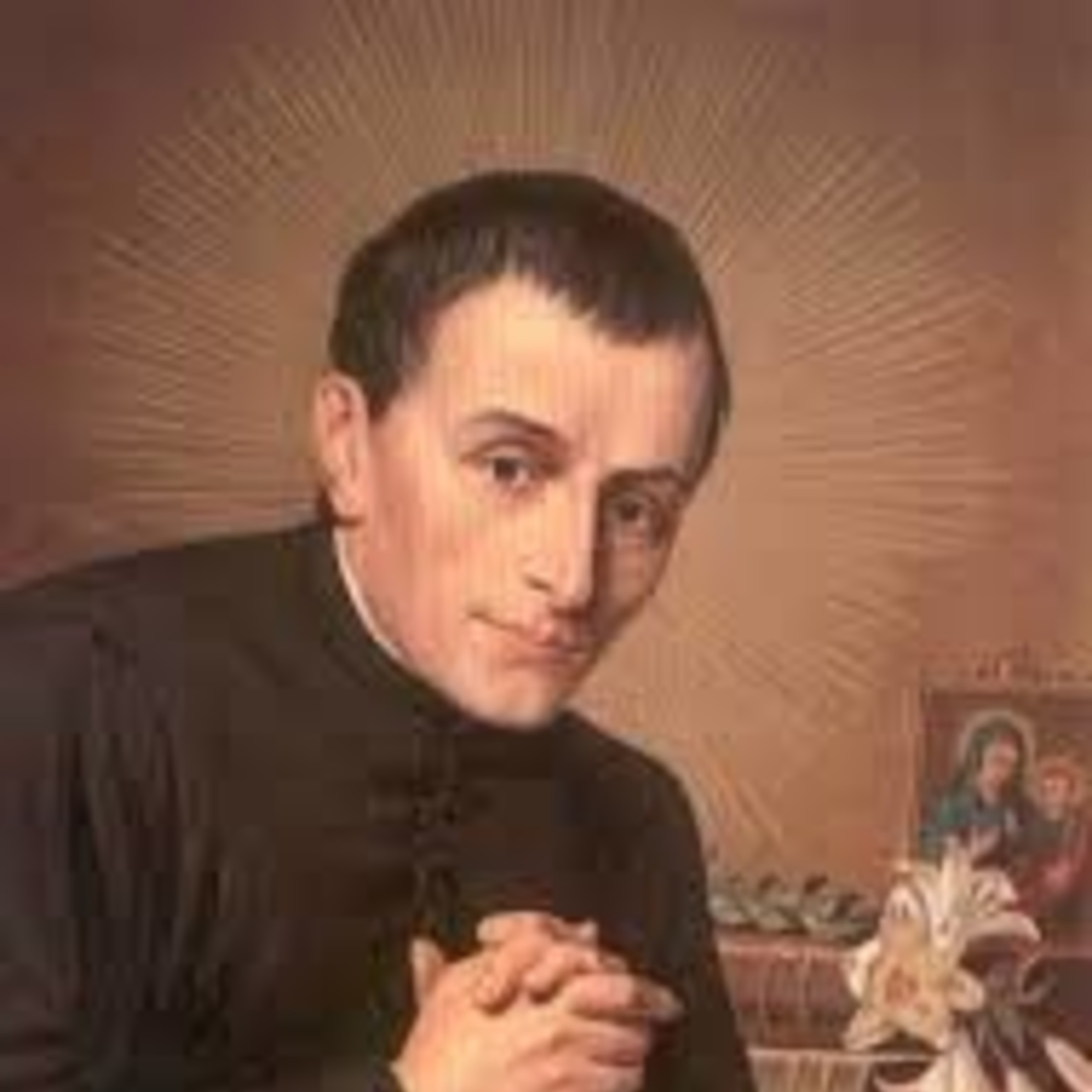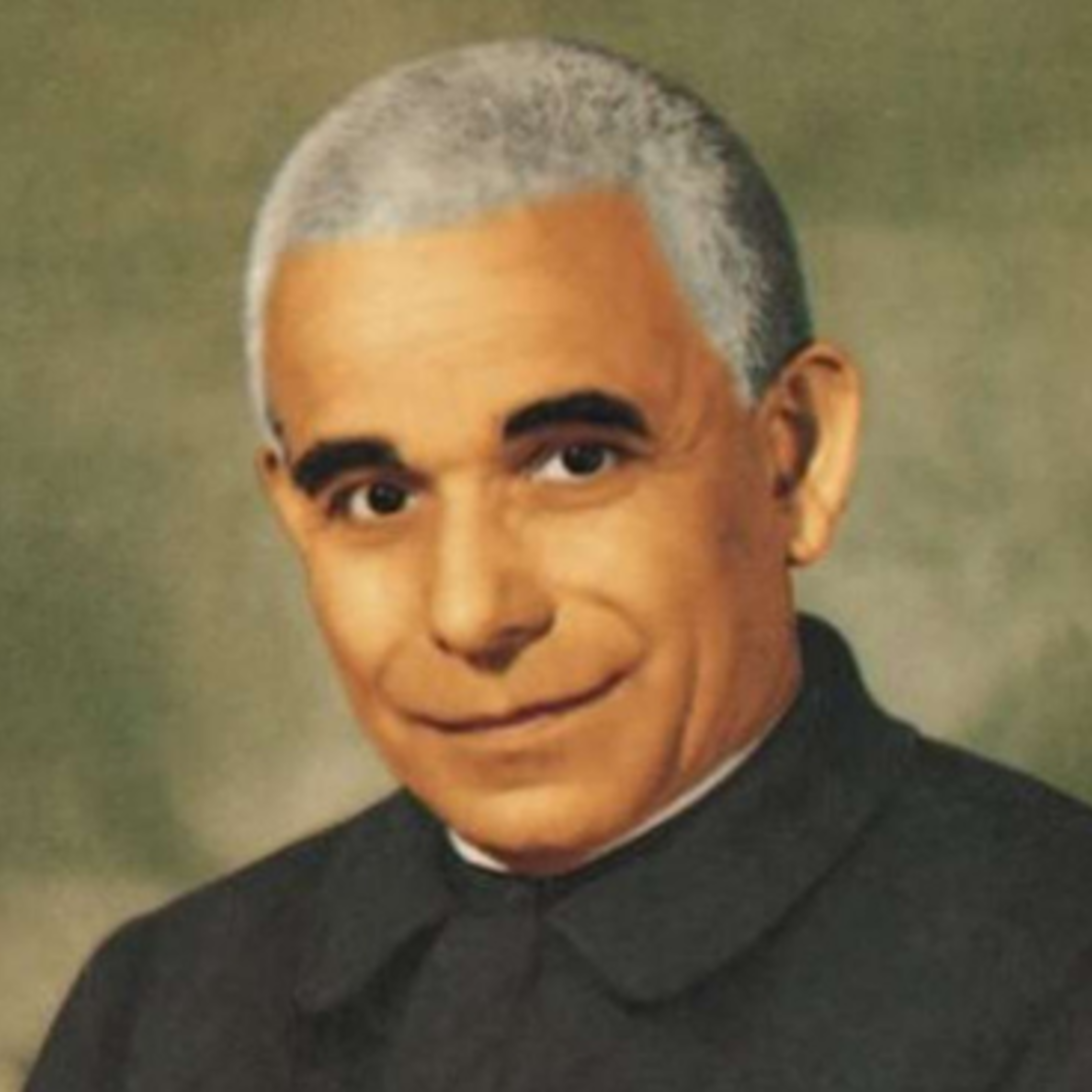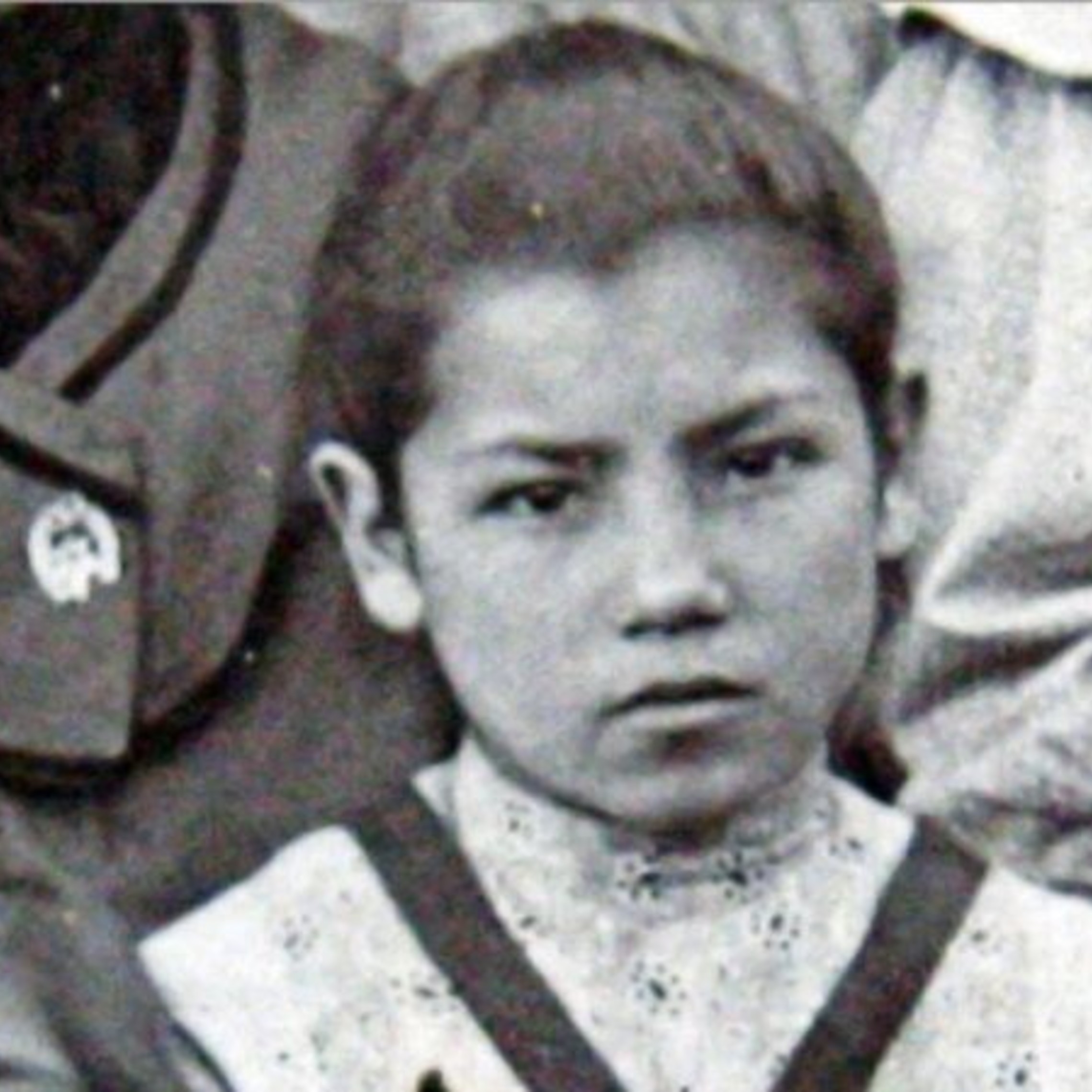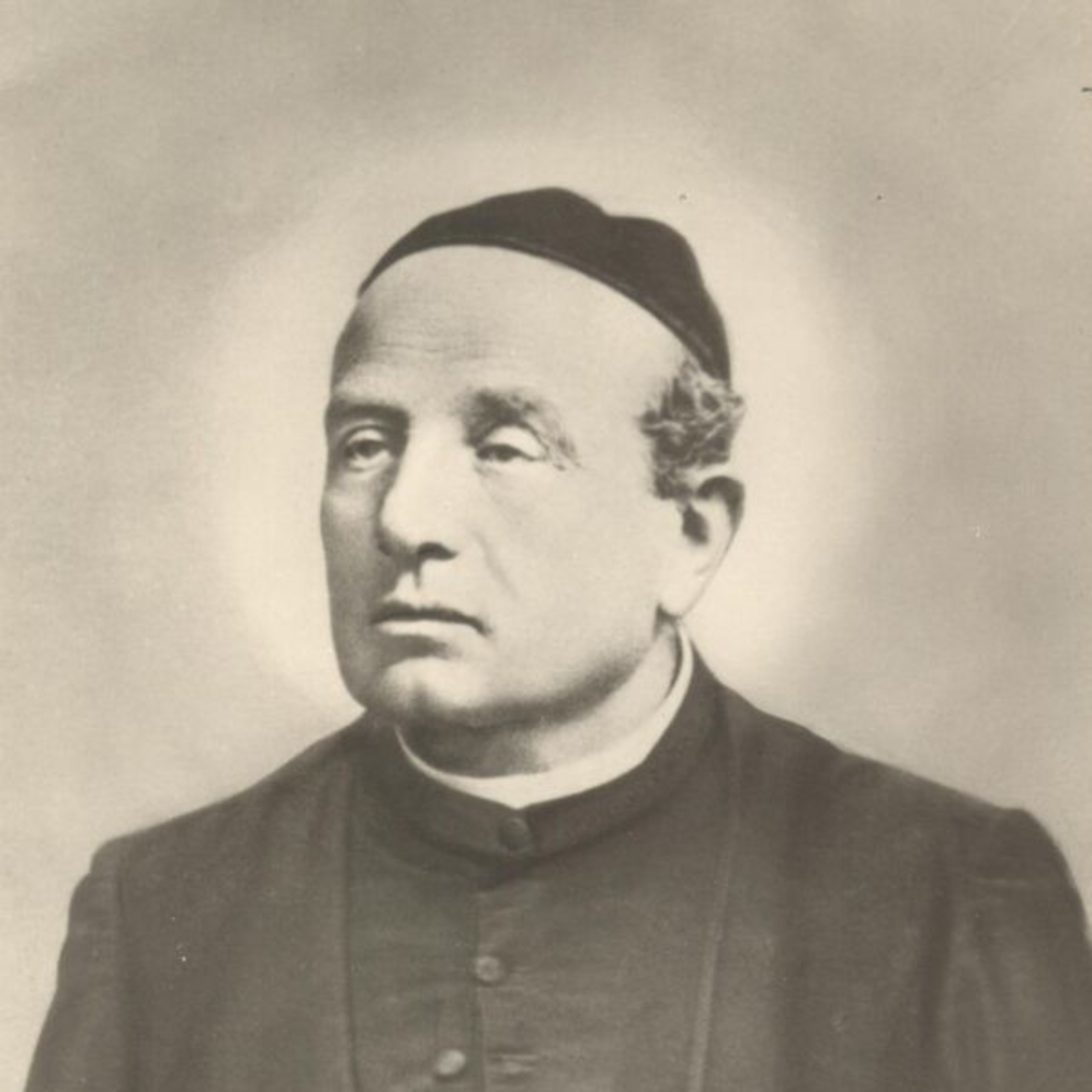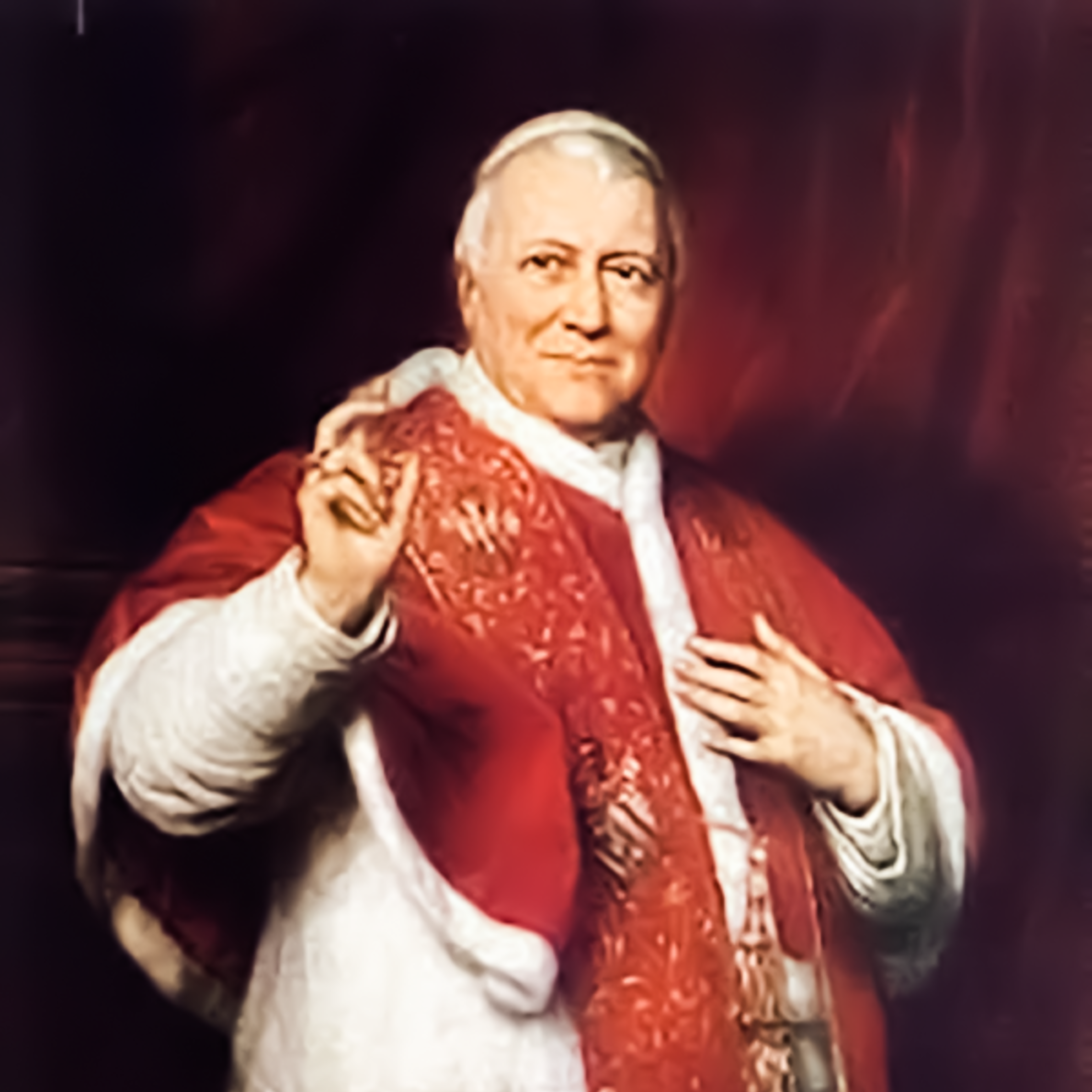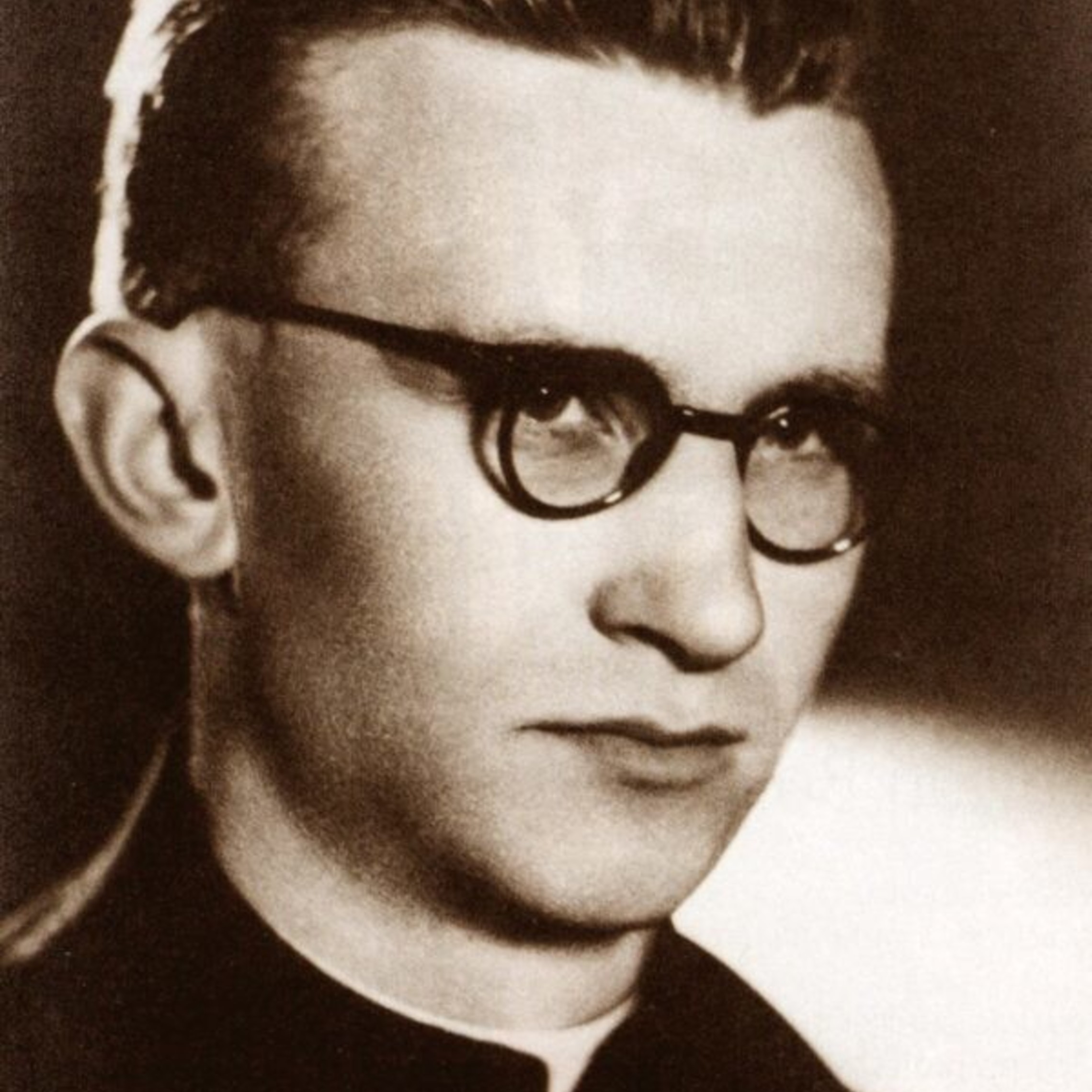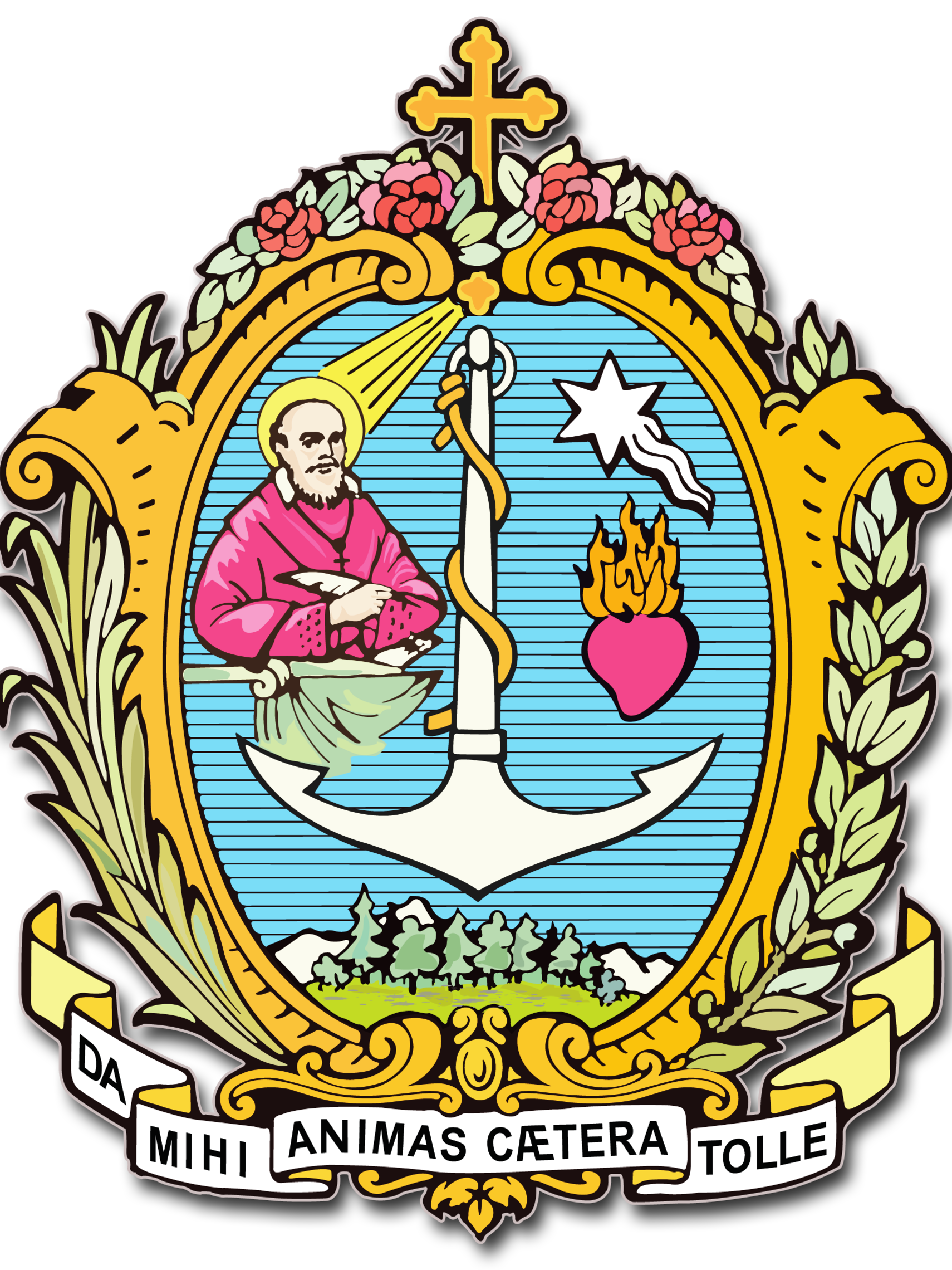Who are the Salesians?
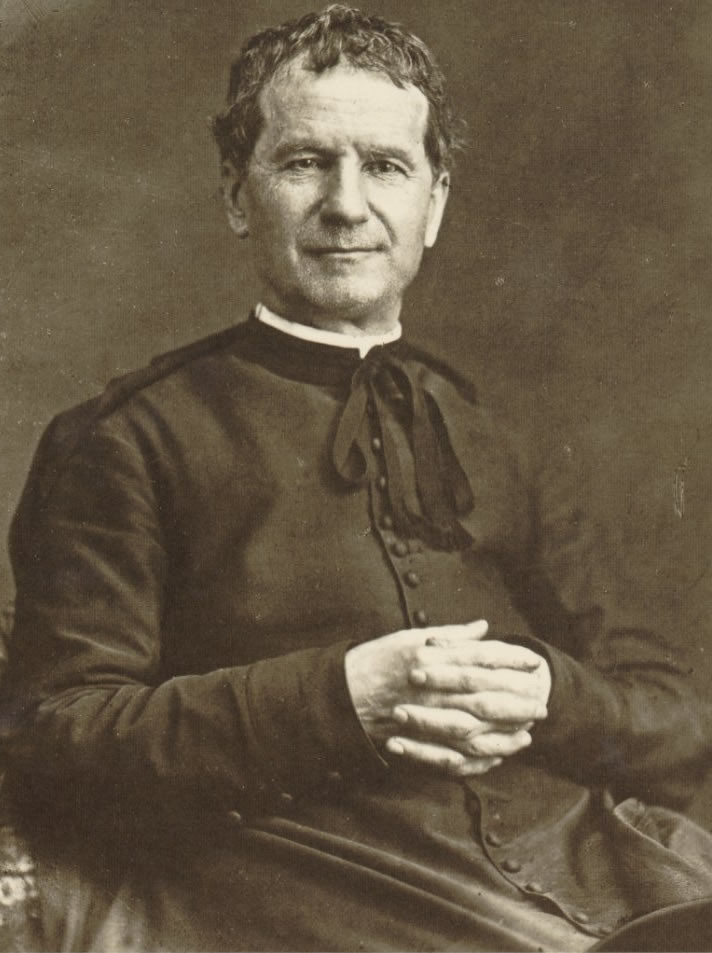
The Salesians are a family of men and women founded by an Italian Catholic priest, Fr. John Bosco. Fr. John Bosco was popularly known as “Don” Bosco, using the Italian word "Don" to mean "Father" Bosco.
He began his work in Turin, Italy, in the mid-1800s by gathering poor boys and young men who had no place to live and little education. He established a place called an oratory where these young people could gather and call their home. It was the beginning of a movement grounded in John’s educational style based on reason, religion, and loving-kindness. Or, to put it more simply, “work and temperance.” He developed teaching methods based on love rather than punishment, a method that became known as the Salesian Preventive System. From among the young men at the oratory, he founded a religious congregation, the Salesian Society, which consisted of priests and brothers.
Don Bosco was a follower of Saint Francis de Sales’ simple spirituality and philosophy of kindness and established the Society of St. Francis de Sales in his honor in 1859—popularly known as the Salesians. Don Bosco established a network of organizations and centers to carry on his work.
With the help of Sr. Maria Domenica Mazzarello, Don Bosco founded a society for women, the Daughters of Mary Help of Christians, known as the Salesian Sister, dedicated to the care and education of poor girls.
Don Bosco also started with the help of many laypeople. In 1876, he founded a movement of lay persons, the Association of Salesian Cooperators, with the same educational mission to the poor.
Following his beatification in 1929, Don Bosco was canonized as a saint in the Roman Catholic Church by Pope Pius XI in 1934. Since then, his society has been known as the Salesians of Don Bosco.
Today, the Salesians continue his mission of making each Salesian school, parish, youth center, or other work a home where young people are welcome, a school where they learn the lessons of life, a parish where they gather to deepen their spirituality, and a playground where they can meet friends. These offer a variety of dynamic activities designed to help young people reach their full potential and achieve happiness in this life and in the next.

St. Francis de Sales (1567-1622), St. Jane de Chantal (1572-1641),
St. John Bosco, (1815-1888) and St. Mary Mazzarello (1837-1881)
Salesian Spirituality
Don Bosco taught his Salesians and the young people they served that it was easy to be a saint. “Do the ordinary things in an extraordinary way,” he told them. He taught that it was not necessary to look for extraordinary ways to be holy or practice virtue. “Accept what the day brings.” He taught them just to do what they had to do each day, but do it well and offer it as a prayer.
The spirituality of the Salesians was shaped at different times by four great saints: St. Francis de Sales (1567-1622), St. Jane de Chantal (1572-1641), St. John Bosco, (1815-1888) and St. Mary Mazzarello (1837-1881). It has also been deeply influenced by the courageous and joyful inputs of an increasing number of young people including St. Dominic Savio (1842-1857) and Blessed Laura Vicuna (1891-1904).
There is nothing complicated about Salesian spirituality; it is as simple as it is profound. It was intended for everyone regardless of their station in life. The first book St. Francis de Sales wrote on spirituality, Introduction to the Devout Life, was written for a young married woman with a family. Don Bosco wrote books on spirituality for the young and taught his collaborators to use an educational method of reason, religion, and loving-kindness. St. Dominic Savio, himself a teenager, was able to tell a new boy at Don Bosco’s oratory, “Here we make holiness consist in being cheerful.” The tools of the Salesian are the daily Eucharist, devotion to Mary, and a cheerful way of living that offers daily work as a prayer.
Influence of St. Francis de Sales
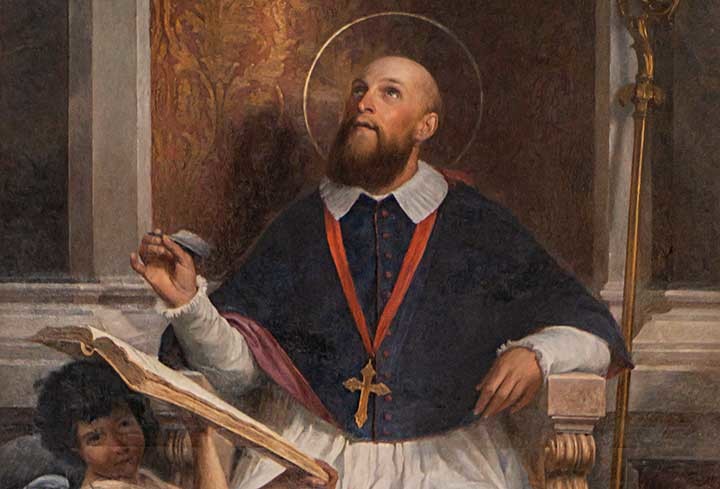
By Fr. Mike Mendl, SDB
Why did Don Bosco choose St. Francis as the patron of his work in the first place?
Don Bosco himself provides a partial answer in his Memoirs of the Oratory:
“We began to call [the first Oratory church, at the Rifugio of the Marchioness Barolo] after St. Francis de Sales for two reasons: 1st, because Marchioness Barolo had in mind to found a congregation of priests under his patronage, and with this intention, she had a painting of this saint done, which can still be seen at the entrance to this area [no longer true]; 2nd, because we had put our own ministry, which called for great calm and meekness, under the protection of this saint in the hope that he might obtain for us from God the grace of being able to imitate him in his extraordinary meekness and in winning souls.
“We had a further reason for placing ourselves under the protection of his saint: that from heaven he might help us imitate him in combating errors against religion, especially Protestantism, which was beginning to gain ground in our [civil] provinces, and more especially in the city of Turin.”
So we see that Don Bosco gave three reasons for the patronage of St. Francis de Sales: the devotion of his then-financial patroness, the marchioness; the virtuous qualities of the saint that youth ministers ought to imitate; the desire to imitate the saint in resisting the incursions of Protestantism.
Not that Don Bosco’s move to the Rifugio in December 1844 (following the nameless oratory’s first three years at the Convitto Ecclesiastico and the adjacent church of St. Francis of Assisi) was his first contact with the gentle saint from Savoy. Francis was already a very popular saint in Piedmont, in part because of the royal family’s Savoyard origins (and Savoy was still part of the family domains until 1859), in part because Francis had visited Turin more than once in his lifetime, in part because the Vincentians were actively promoting Salesian spirituality in Turin through their preaching.
As early as his years in the seminary John Bosco had noted Francis’s spirit. According to his classmate Fr. John Baptist Giacomelli (who also was his confessor, 1873-1888), our John distinguished himself from a fellow seminarian with the same name, John Bosco, by the other’s calling himself Bosco Nespolo [“medlar,” a hard, knotty wood] while our John called himself Bosco Sales [“willow,” soft and flexible wood] (BM 1:302). Then, before his ordination, John made nine resolutions, the fourth of which was “The charity and gentleness of Saint Francis de Sales are to be my guide” (BM 1:385).
The marchioness never did found her order of priests, and of course, Don Bosco’s oratory didn’t stay long at the Rifugio (December 1844 to July 1845, when the “wandering” period began). But Don Bosco had found his patron as he became ever more convinced of the patience, kindness, and gentleness that the ministry of the oratories demanded and as he became ever more involved in controversies with the Waldensians, in which—while clearly presenting Catholic truths and targeting Protestant deviations—he strove to imitate Francis’s moderation and charity and to present himself to potential Protestant readers as their brother and friend.
By 1854 Don Bosco was heavily involved in both causes. On January 26, shortly before the saint’s feast day (at that time), he gathered the four clerics on whom he most relied (Rua, Cagliero, and two others) and invited them to form an association committed “with the help of the Lord and St. Francis de Sales” to “performing deeds of charity toward our neighbor.” From that point, they called themselves Salesians. (BM 5:8)
At least as early as 1854, Don Bosco took from St. Francis the motto Da mihi animas, caetera tolle, which was printed on a poster hung in his room (BM 5:81). And in the previous year, he and others had founded the Catholic Readings, which, among other purposes, engaged in polemics with the Waldensians. Their effectiveness quickly aroused the Protestants’ ire and led, first, to attempts to buy him off and, then, to attempts on his life in the mid-1850s.
Happily, the attempts failed (with some assistance from Grigio), and eventually, the polemics subsided. But the need “for great calm and meekness [and] the grace of being able to imitate this saint in his extraordinary meekness and in winning souls” has remained as the Salesian Family continues Don Bosco’s great work on behalf of the salvation of the young, for the glory of God.
